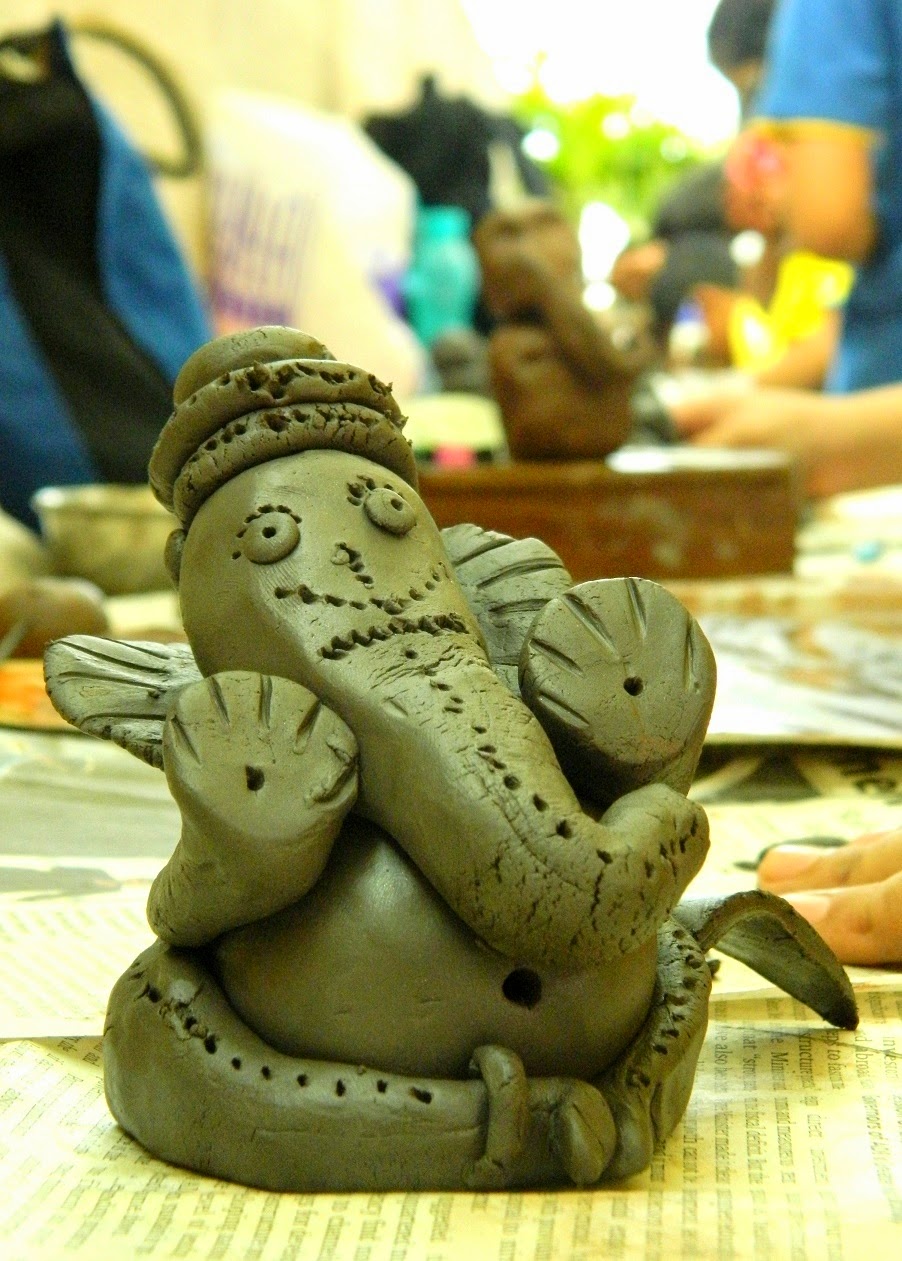Goa Portuguesa spells love and passion!
What I see in this passionate couple; and their labour of love -the restaurant Goa Portuguesa is a deep connection between food and love!
I recall a quote by Henry Ford-" Coming together is a beginning, keeping together is progress and working together is success."
This is exactly what Dr. Suhas Awchat and Master Chef Deepa Awchat stand for.
The Goa Portuguesa at Andheri
Mumbai, bang opposite the MHADA Telephone Exchange, near the Ambani
Hospital is a Restobar which serves the best in Goan and Portuguese gourmet
cuisines prepared by Master Chef Deepa Awchat .
The restaurant on the first floor is
welcoming and has a warm ambience. The chirpy happy ring of the English pop
music of the 80s filled the air while dining. Bringing back memories of when
the Goa Portuguesa at Mahim, first started in 1988 by the very same gourmet
couple, who I believe are madly in love as the first day they met.
Of course their food speaks of it and stands testimony. You
should hear Dr.Suhas narrate his version of how he fell in love with this Goan
girl Deepa, he recalls every detail of how they both then fell in love with food.
That’s how the marriage took place between Goa/Portuguese and Maharashtran
cuisine.
Dr.Suhas speaks very fondly of authentic Goan vegetarian food
and how it is still a myth that people believe that Goans are all about non
vegetarian food alone, like pork and fish. The menu spread does equal justice
to both non vegetarians and vegetarians. The food spot is hounded by
celebrities and socialites who enjoy the Goan Portuguese delights.
The restaurant is upbeat, filled with smells and
essence of Goa alright. I was served piping steaming hot Portuguese Shrimp
Dumplings with the wildest twist. It had cheese inside. This one is one of my
absolute favorites also called Rissóis de Camarão in Portugese. This was
a good way to kick start all my taste buds. I couldn’t wait for more. This is
what one calls clever cooking and good service. I left my hungry soul entirely
on the staff and I wasn’t disappointed.
I was also served Goan
sausage pulav, a little hot and tangy which went
down well mixed with the Goan prawn curry in coconut milk. Aromatic
and insanely smooth, it complimented the sausage pulav with ease.
I experienced the most refined Goan cuisine in
all it’s splendor, believe me the Chicken Xacuti (pronounced shaa-koo-tee) was exotic. They say every Goan
guards their recipe of their Xacuti authenticity with his or her life and
believe me, this restaurant does the same, there is some hidden magic portion
for sure here, I have never tasted better Xacuti anywhere in the world. The
ingredients were smoothly fused and you could literally feel the burst of
flavours in your mouth with the smooth curry consisting of Cardamom, Cinnamon, Nutmeg, cloves,
cumin seeds and of course red chillies and ginger-garlic as well. The coconut
milk is not at all overpowering, there is just the right hint of it to sooth
the palate. This chicken dish here takes food to a whole new level with
the complex layering of flavors and
textures.
The menu spelt out many other dishes in addition to serving
iconic Goan dishes such as Vindalhoo and Balichao. They have a large offering.
Everything is very fresh and tasty. The Food served
echoes the ethnicity of Goan and Portuguese culture.
I have yet to hear of the Master Chef Deepa Awchat’s
version of her love tales, both about Dr.Suhas and Dakshin Culture
Curry/ Diva Maharashtracha, I guess I will wait until my next visit. Meanwhile
I washed down my meal with tangy Sol kadi. So healthy and yet so
uplifting!
I
believe that Deepa Awchat is a table tennis
champion, an ex Customs Officer and now an author too, while Dr. Suhas Awchat
is an Ex Army Officer , who is a medical Doctor [F.R.S.H. (UK)], a special
Police Officer, winner of President’s Medals and endless laurels, who now
successfully plays the role of the Managing Director.
Now you have Sudeep, their son, who gives
back willingly to the food business I hear. Obviously coming from a highly
acclaimed restaurateurs family, this second generation MBA expert has grown up
on the eclectic cuisines of home made restaurant food which instilled into him
the passion for food. His Inspiration, his parents Dr. Suhas Awchat and
Master Chef Deepa Awchat have so rightly passed on the value of good food.
Get Goa on your plate, right here in Mumbai, I say, it’s
even better!


























































